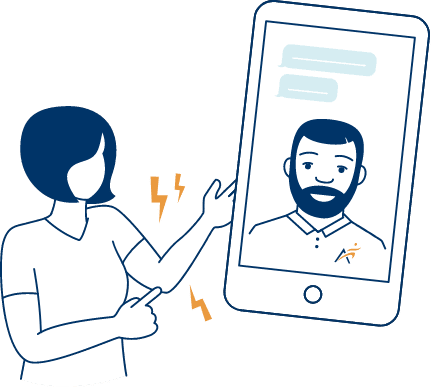Surgery is not always necessary for a herniated disc. In many cases, conservative treatments such as rest, physical therapy, Airrosti care, medication, and spinal injections can effectively manage symptoms and promote healing. Surgery may be considered if conservative treatments fail to provide relief, or if there are signs of nerve compression causing severe pain, weakness, or loss of function. Additionally, if voluntary control of bowel or bladder is lost this can be an emergent condition and requires immediate medical attention.




